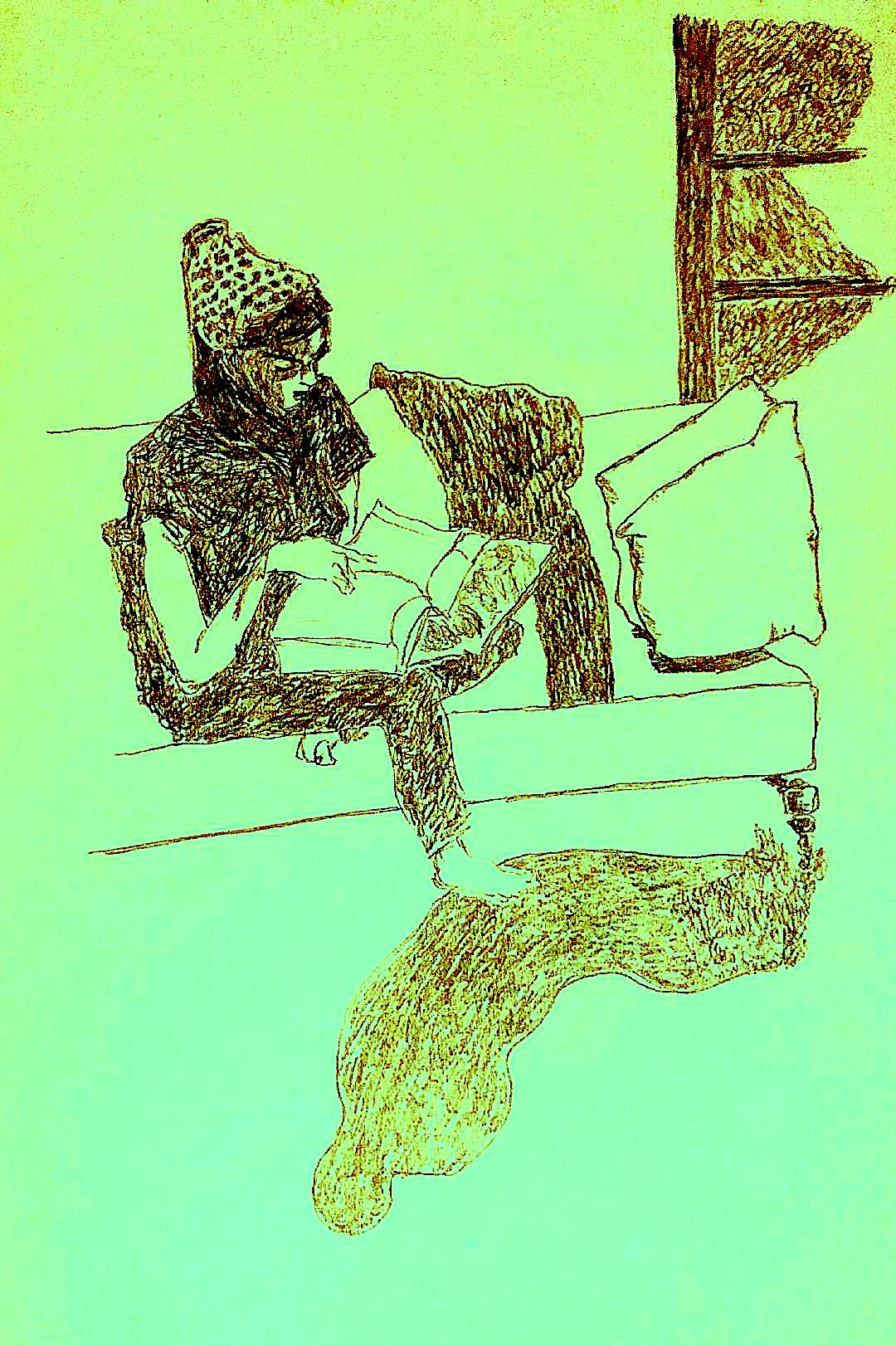Note On Philosophical Perspectives By Wilfred Sellars (6): The Paradox of Analysis, A Neo Fregean Approach


The next essay is The Paradox of Analysis, A Neo Fregean Approach. The puzzle is simple to state. If a correct analysis states exactly what a concept means, then it seems to say nothing new. Yet some analyses are plainly informative. The standard classroom examples are bachelor means unmarried man, vixen means female fox, and knowledge means justified true belief in a traditional account. If the left and right hand sides mean the same, how can learning the right hand side teach us anything. Sellars solves this by re describing what an analysis does. He treats a good analysis as an identity that makes explicit the role a concept plays in a rule governed practice, and he uses Frege’s distinction between sense and reference to explain why such identities can be both true and worth knowing.
Begin with sense and reference in a very familiar pair. The Morning Star is the Evening Star. Both refer to the planet Venus. The sentence is informative because the modes of presentation are different. A mode of presentation is a way the object is picked out. Morning appearance and evening appearance are two such ways. The identity teaches us that two routes of access meet at one and the same thing. Sellars reads analyses like bachelor equals unmarried man in the same spirit. The two sides can share a reference, that is, they apply to the same people, while differing in sense, that is, in role within our inferences and classifications. Saying the identity aloud can enlarge what a competent speaker can do with the word. It links two webs of inference that were not yet connected in the person’s practice. This is how an identity can be both correct and informative.
A simple example shows the gain. Imagine a naturalisation form that uses the word bachelor to set eligibility for a housing benefit. Suppose an officer learns the rule that a bachelor is an unmarried man. Before, she could classify applicants by the word bachelor only if they had that status recorded. After learning the analysis, she can use marital records to reach the same classifications. The extension, which means the set of people to whom the term applies, has not changed. The inferential links she can now use have changed. The analysis adds practical power without adding a new object. On Sellars’ view that is exactly what good analysis should do. It makes explicit the rules that already guide correct use.
Consider a second case that separates sameness of reference from sameness of role. Square means rectangle with equal sides. This is informative to a learner even if, from the start, she can point to squares and call them squares. The right hand side hooks the word square to area formulae, to theorems about diagonals, and to the classification of rectangles. Those inferential links are what the analysis supplies. In Sellars’ terms, an analysis is not a museum label attached to a timeless abstract meaning. It is a precise statement of the network of commitments and entitlements that governs correct use. Identity at the level of application can live with novelty at the level of use. That is why analysis can teach.
The paradox sharpens if we insist on the following pair of claims. First, a correct analysis must be strictly synonymous with what it analyses. Second, a correct analysis must be informative. The first seems to make the second impossible. Sellars denies that strict synonymy is the right demand. He replaces it with a disciplined Fregean identity claim. A successful analysis states an identity that is anchored by shared application, but its point is to reveal and codify the inferential role that competent speakers may only grasp tacitly. Because the senses differ, the identity can be learned with profit. Because the references match, the analysis is correct.
You can see this in ordinary record keeping. A museum accession sheet lists an item as a lute. A later curator writes that a lute is a plucked chordophone with a neck and a resonating body, under the standard organology scheme. The second sentence is an analysis. It does not add a new thing to the collection. It fixes how the word lute sits in a network of classifications. From then on, repair notes, storage plans, and concert programmes can use the system of chordophones to infer what strings, cases, and display supports are needed. The gain is in the web of inferences. The identity is informative because it ties the old label to a richer practice.A worry says that many analyses fail because language changes. Sellars accepts that analyses are historically situated. He does not search for timeless essences. He ties analysis to our best current practice and to the explanatory work the concept is doing. When practice changes, the analysis can be revised, just as we revised chemical analyses when oxygen replaced phlogiston in the explanation of burning. The method is the same one he uses elsewhere. Ontology and meaning follow our best integrated explanations and the rules that make those explanations work.
Another worry says that if analysis depends on rules of use, then it is merely verbal. Sellars replies that rules of use are not idle talk. They fix how measurements, classifications, and actions hang together. Think of a hospital’s definition of sepsis. The analysis links temperature, heart rate, and lab values in a way that directs treatment. Learning the analysis changes what clinicians can validly infer and do. This is not a museum of words. It is a live practice knit to measurement, prediction, and intervention. Analyses in philosophy should aim at that same kind of practical and inferential guidance.Two further examples help with edge cases. First, water is H2O is not a conceptual analysis. It is a scientific identity. It links a manifest category, clear drinkable liquid, to a theory driven category, a molecule with two hydrogens and one oxygen. It is informative in a different way, since it reaches across images, from everyday roles to microstructure. Second, pain equals unpleasant tissue state is also not a good analysis, because pain belongs to the manifest image of persons and norms. A correct account must capture its role in reasons and reports, not merely its correlations with tissue states. In both cases, Sellars’ method tells us what to count as analysis and what to count as theory.
Sellars’ Neo Fregean approach solves the paradox cleanly. He treats a good analysis as a true identity that connects distinct senses under one extension, and as a codification of inferential roles within a public practice. This preserves informativeness without giving up correctness. It also fits his larger programme, which is to make explicit the rules that already guide competent speakers, rather than to postulate a realm of abstract meanings behind our words. The essay sits in Part Two with his other studies of meaning, classes, and theory, and it prepares the way for the following pieces on intentionality and on theoretical explanation.